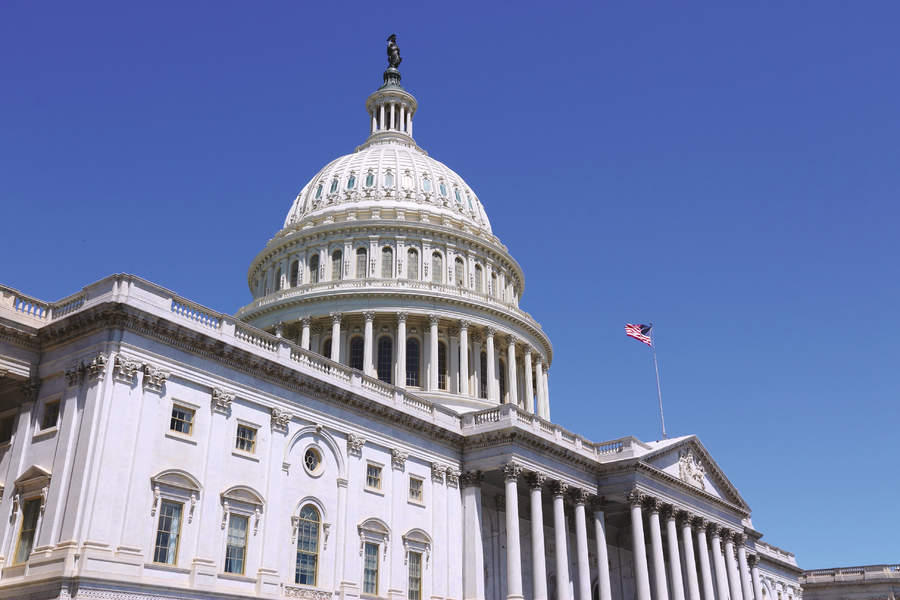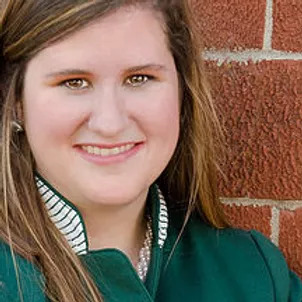The Time to Obligate ESSER Funds is Now
Millions in ESSER funds need to be obligated by schools and districts before the rapidly approaching deadline of September 30

When the first obligation deadline for ESSER funds was announced upon the passage of the CARES Act back in March 2020 it seemed like there was plenty of time to formulate a plan, get the dollars out the door, and be reimbursed by the state for the purchases.
Fast forward to July 2022, and with just over two months left until the first deadline (September 30), some districts and states have done a better job of obligating funds than others. According to the Department of Education Covid Data Tracker, ESSER funds have been mostly obligated, but there are definitely still some dollars that must be spent – and STAT!
For instance, 75% of Nevada’s ESSER funds had been obligated as of the last reporting period, which means that there is still approximately $29 million still unobligated for spending. The list goes on like this with states having even more funding still to be obligated with the quickly approaching deadline – Virginia: approximately $38 million; Vermont: approximately $8 million; Maryland: approximately $43 million.
The regulations for Elementary and Secondary School Education Relief (ESSER) funds state that, “Any funds that the SEA fails to award by the one-year deadline must be returned to the Department for reallocation consistent with the CARES Act.”
The same goes for the Governor’s Emergency Education Relief (GEER) Fund.
The GEER Fund feels largely forgotten. Districts appear to have been so focused on planning for ESSER monies that they didn’t ever ask for these dollars. The Governors allocated some out of this fund at the very beginning of the pandemic, but after the initial plans for spending, the allocations seemed to really slow down.
Like ESSER, some states still have an astonishing amount of money in these GEER funds. Some states have spent down, but again, there are others that have significant resources sitting in the fund. For example, Colorado: approximately $25 million; Maryland: approximately $30 million; and Georgia: approximately $45 million. Similarly to ESSER funds, any funds that a governor fails to award by the one-year deadline must be returned to the Department for reallocation to the remaining states.
Tools and ideas to transform education. Sign up below.
There are absolutely implications for education, but also implications politically. Why are the governors holding on to these funds, just to release them back so another state can take them? For years states and districts have dreamt of having financial resources such as these, and now that it is available, they do not appear to be taking full advantage of this opportunity. (If I were running for governor in any of these states and my opponent let this money go back to be given to other states, that would be a major campaign point for me.)
What Should We Do with The Remaining ESSER Funds?
One of the biggest hangups of these funds is that these are one-time funding. And although a fiscal cliff is looming in 2024, that should not freeze us from doing what we can with the remaining funds and time that are guaranteed.
Although masks, HVAC systems, and sterilization tools seem to have had their day in the sun, it’s now time to turn our attention to the data that we knew we would all see. NPR recently reported on some of the findings. “Even students who spent the least amount of time learning remotely during the 2020-21 school year — just a month or less — missed the equivalent of seven to 10 weeks of math learning, says Thomas Kane of the Center for Education Policy Research at Harvard University.” The focus of the remaining dollars must be teaching and learning.
Emergency remote learning was rough, we all know that. But now that the gates have been opened to allow online learning, these dollars would be well spent on teaching teachers how to teach online. Parents have indicated in surveys that if the option for online learning is there, they will take it, and the families most likely to stay are from disadvantaged subgroups.
Along those same lines, new learning models should be explored. If a district wants to focus on accelerating learning, there has to be multiple pathways available. Advocates for personalized learning have been beating this drum for decades, but for the students who have some remedial work to do, it’s a matter of what kind of life they will have access to upon graduating from the district.
When ESSER and GEER were first established, my advice to district leaders was to think outside of the box. Use these funds to really transform learning for students. I stick by that sentiment now and would add to start thinking about a sustainability plan for when the federal dollars run out. Don’t let the fear of losing the dollars in two years stop you from doing something truly impactful for students now.
Susan comes from a strong policy background as a former staffer in the United States Senate and Legislative Aide in the Iowa House of Representatives.
Along with experience at both federal and state levels, she served as the Deputy Executive Director for the Center for Digital Education, worked for a government relations firm in Arlington, VA and heavily worked on federal and state education policy at iNACOL, where she wrote published reports to move the field forward with innovative learning models, best practices, and policy recommendations.

